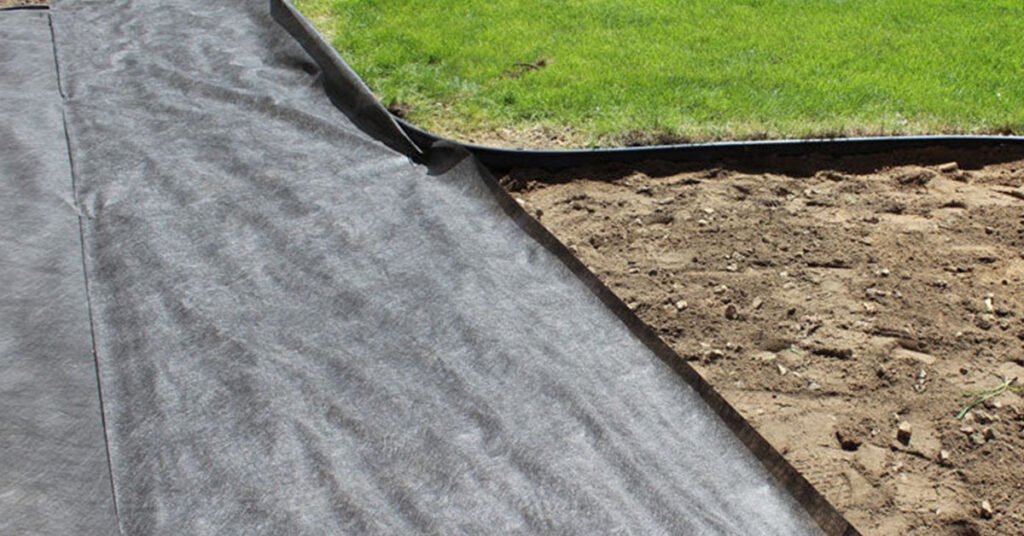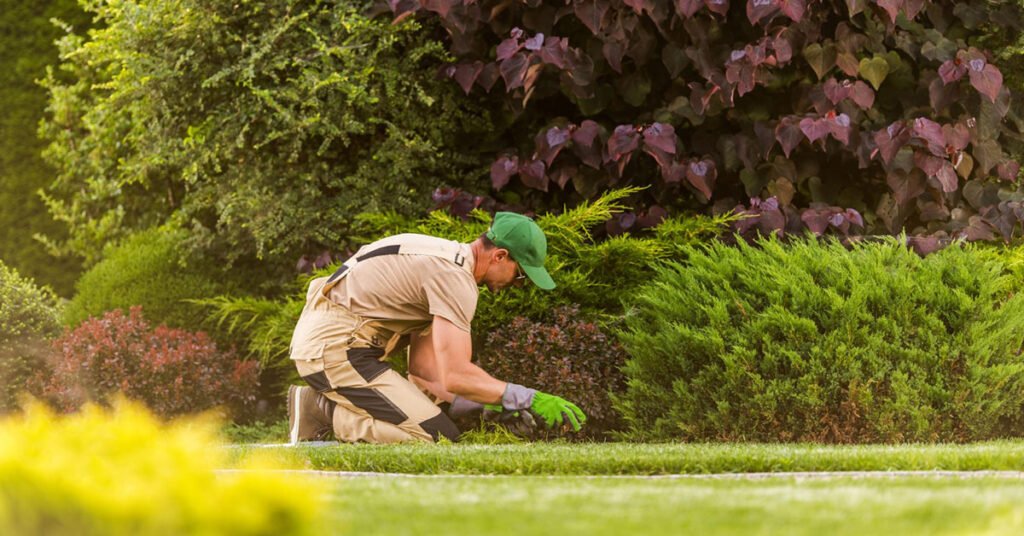Landscaping fabric, also known as weed barrier fabric or weed control fabric, is a popular tool in the landscaping industry. It’s designed to suppress weed growth while allowing water and nutrients to penetrate the soil. But can you put landscaping fabric over grass? Is it a viable option, especially for those just starting their landscaping career? Let’s dive in and explore the possibilities.
What is Landscaping Fabric
Landscaping fabric is typically made from woven or non-woven polypropylene materials. Its primary function is to inhibit weed growth by blocking sunlight and preventing weed seeds from germinating. Additionally, it helps retain moisture in the soil and provides a barrier against soil erosion.
Can You Put Landscaping Fabric Over Grass?
Landscaping fabric is commonly used to suppress weeds and protect soil in various landscaping projects. However, the question arises: can it be effectively used over existing grass? Let’s explore this topic in detail.
1. Feasibility Considerations
- Weed Suppression: Landscaping fabric is adept at inhibiting weed growth by blocking sunlight and preventing weed seeds from germinating. When laid over grass, it can continue this function, reducing the need for frequent weeding.
- Soil Protection: By providing a barrier between the grass and external elements, such as wind and water runoff, landscaping fabric helps protect the underlying soil from erosion and compaction.
2. Challenges and Limitations
- Grass Suffocation: Grass requires sunlight, air, and water for healthy growth. Thick or non-breathable landscaping fabric can hinder these essential elements, potentially suffocating the grass and leading to yellowing or die-off.
- Adequate Aeration: Proper aeration is crucial for grass roots to access oxygen and nutrients. Landscaping fabric may impede this process, particularly if not adequately perforated or breathable.
- Long-Term Maintenance: Over time, grass may penetrate the landscaping fabric, complicating removal and potentially causing damage to both the grass and the fabric.
3. Best Practices for Success
- Choose the Right Fabric: Opt for lightweight, breathable landscaping fabric designed specifically for grass applications. This ensures adequate airflow while still providing weed control.
- Prepare the Area: Mow the grass short before laying the fabric to ensure good contact with the soil. Remove any existing weeds or debris to create a clean surface.
- Install Properly: Secure the edges of the fabric to prevent shifting and ensure proper coverage. Consider using fabric pins or staples to hold it in place.
- Monitor and Adjust: Regularly inspect the grass for signs of stress or suffocation. If necessary, make adjustments to the fabric or provide additional aeration to promote healthy growth.
4. Alternative Solutions
- Mulching: Organic mulches, such as wood chips or straw, can provide similar weed suppression benefits while allowing for better airflow and moisture retention in the soil.
- Grass Reinforcement Grids: For areas with heavy foot traffic, consider using grass reinforcement grids or mats. These provide stability and protection without inhibiting grass growth.
Read More: How to Design Landscape Lighting
Conclusion
While landscaping fabric can be used over grass to suppress weeds and protect soil, it’s essential to approach the installation with careful consideration and attention to best practices. By addressing potential challenges and selecting the right materials, landscapers can effectively incorporate landscaping fabric into their projects while maintaining the health and vitality of existing grass.



